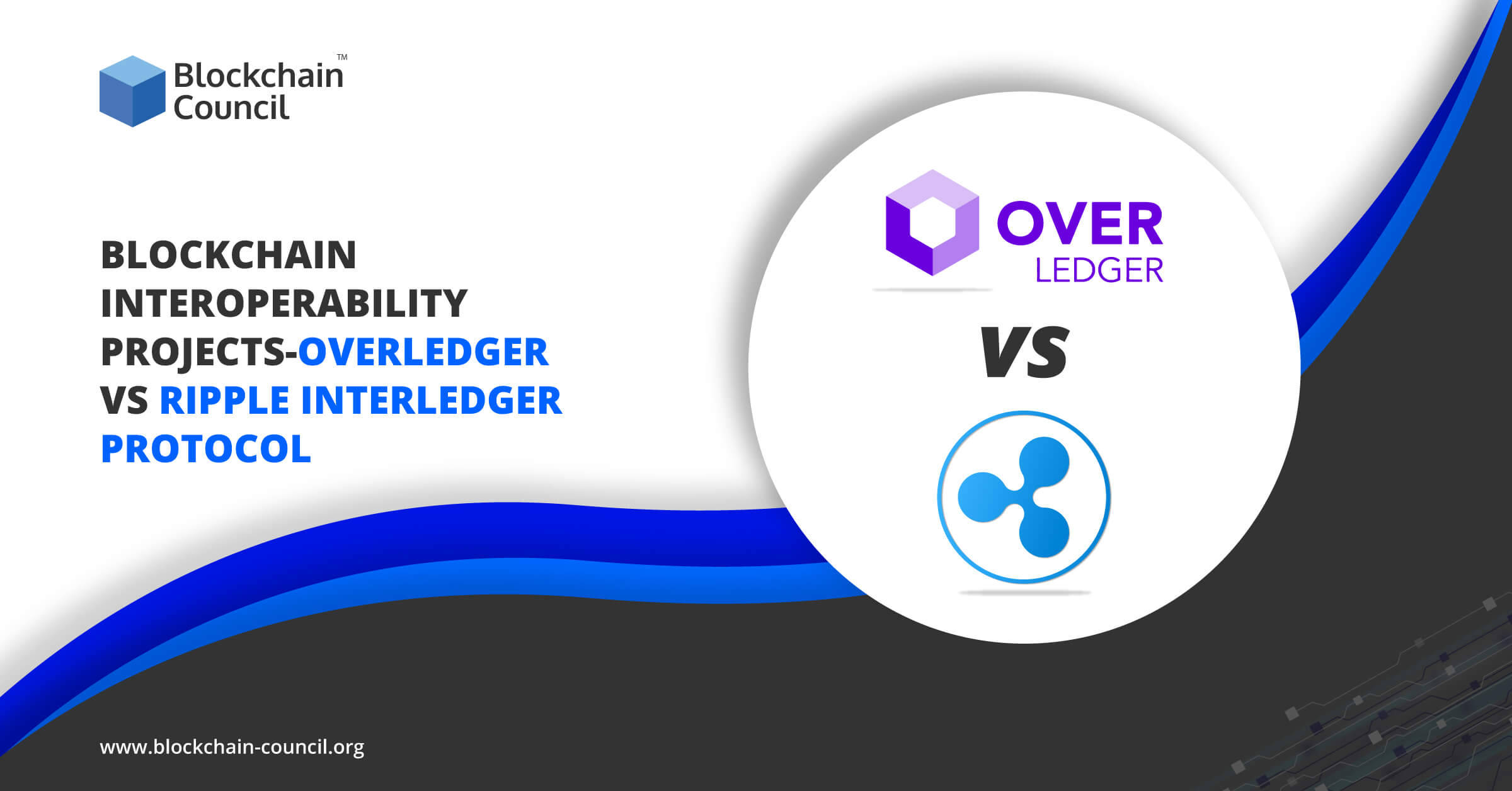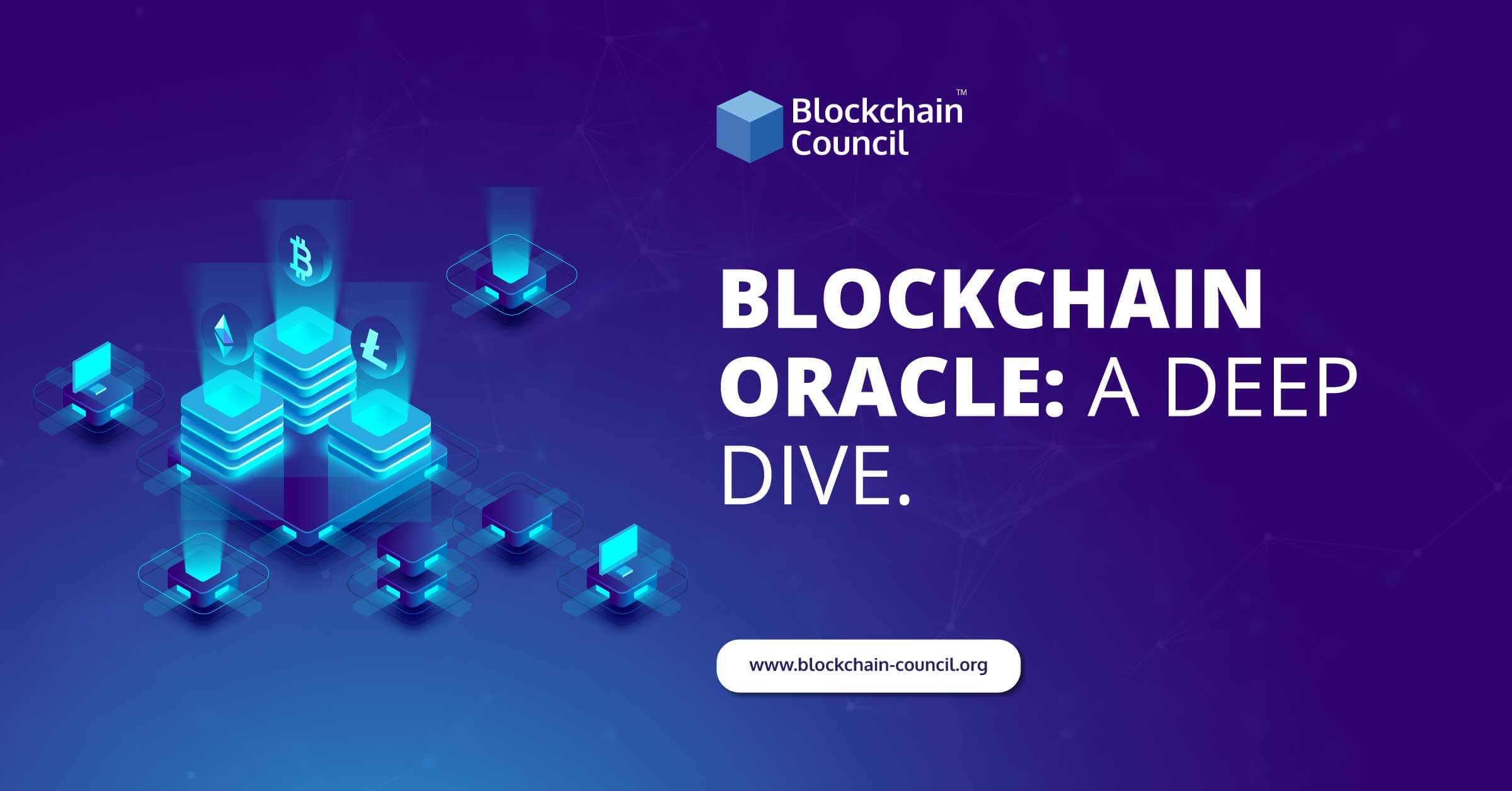
- Toshendra Kumar Sharma
- July 01, 2020
Are you a blockchain enthusiast? Want to learn about the blockchain interoperability projects? This article explains the concept of blockchain, illustrates the two most popular blockchain projects, namely Overledger and Interledger protocol. So let’s get started.
Learning Of the Blog
- A Brief Introduction to Blockchain
- Introduction to Overledger
- Understanding Ripple Interledger Protocol (ILP)
- Differences between Overledger and Interledger
- Concluding Lines
A Brief Introduction to Blockchain
Blockchain is a decentralized, peer-to-peer distributed ledger technology that is revolutionizing how businesses operate. Due to its potential, the technology has reached mainstream users, and many enterprises, organizations, and even government sectors are looking forward to its mass adoption. Each year, dozens of new projects are emerging, competing with each other in terms of scalability, security, interoperability, and others. When it comes to blockchain interoperability, there are many projects, but here we will discuss the major ones, i.e., Interledger and Overledger.
Let’s first define the term ‘interoperability.’
In simple words, we can define it as the ability to share information across different blockchain networks, without any restrictions. Blockchain interoperability matters because it makes mass adoption possible and let the industry evolve further.
Looking for blockchain certification courses to become a certified blockchain expert? Get started now!
Ripple Interledger Protocol (ILP)
The interledger protocol was introduced by Ripple in 2015 to provide the functions necessary to deliver payment from source to a destination over an interconnected system of ledgers. It facilitates fund movement between different ledgers using the connectors and includes minimal requirements for underlying ledgers. It does not include identity, liquidity management, public key infrastructure, and other services, unlike other payment protocols.
Let’s now talk about its design goals. ILP follows the end-to-end principle, simplicity, neutrality, interoperability, security, and, most importantly, interoperability meaning it should be usable across any type of ledger, even those that are not built for interoperability.
Another vital feature of this blockchain project is that it has no native tokens meaning two ledgers looking for connection have to support Interledger, and only this way, the transfer of digital assets becomes possible.
Quant’s Overledger
Overledger from Quant is an operating system that lets you connect and interoperate any legacy network, and almost every current and future blockchains with no overhead. This blockchain project helps governments, organizations, and individuals globally to benefit from the true potential of incredibly powerful technology. It is an enterprise OS for both permissioned and permissionless blockchains. It offers interoperability to public permissionless blockchains such as Bitcoin, EOS, Stellar, Ethereum, etc. and interoperability to permissioned blockchains like Corda, Hyperledger, and others. It is known for bridging the gap between distributed ledger technologies(DLTs) with three lines of code and prove to be a scalable way to implement DLTs for enterprise and developers.
It is the world’s first blockchain OS that not only inter-connects blockchains but also existing networks to blockchain and enables the creation of internet-scale multi-chain applications.
Want to have an in-depth understanding of blockchain-related platforms? Check out the best blockchain certifications here.
Differences between Interledger and Overledger
Now, as we have understood both the blockchain projects, let’s see how do they differ in various aspects. Let’s start with the most crucial point of difference, and that is ‘Interoperability’.
Interoperability
When it comes to interoperability, ILP acts as a bridge between cryptocurrency and fiat as well as between two different cryptocurrencies. Overledger, on the other hand, supports interoperability between permissioned and permissionless blockchains, including legacy systems.
Ease of Implementation
ILP requires a custom connector to bridge two DLTs, whereas, in Overledger, MApps can run across any DLT and can be used easily as a simple plug and play set up. Moreover, it just requires three lines of code.
Token
ILP has no native token whereas, Overledger uses Quant token to pay the transaction and network fees.
Collaborations
Ripple took around five years to partner with 200+ banks, while Quant’s Overledger partnered with SIA that covers the interoperability infrastructure of 570 banks.
Securing Transactions
Interledger provides secure payments through any connector using ledger-provided escrow. The other most famous project, Overldger, uses digital signatures to secure the transaction.
Concluding Lines
The idea behind Interledger project is to offer interoperability and enable payers to pay quickly and at little or almost no cost, without the need for both parties to set up accounts on the same global payment service. Talking about Overldger, it aims to interconnect and access multiple blockchains through a single SDK language and API and has wide scope compared to ILP. It is even capable of talking to centralized systems such as Amazon S3 bucket, unlike Interledger that is limited to atomic swaps where only value can be transferred.
To witness the mass-adoption of blockchain technology, enabling interoperability is going to be the critical first step, but it is just that, the first step. To conclude, we can say that both the projects offer a different level of interoperability and differs in the ways both the protocols are used.
To get instant updates about Blockchain Technology and to learn more about online blockchain certifications, check out Blockchain Council.





































































 Guides
Guides News
News Blockchain
Blockchain Cryptocurrency
& Digital Assets
Cryptocurrency
& Digital Assets Web3
Web3 Metaverse & NFTs
Metaverse & NFTs
